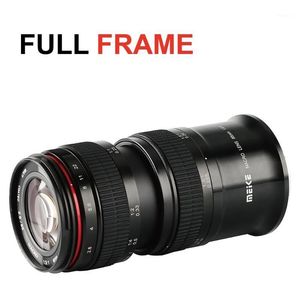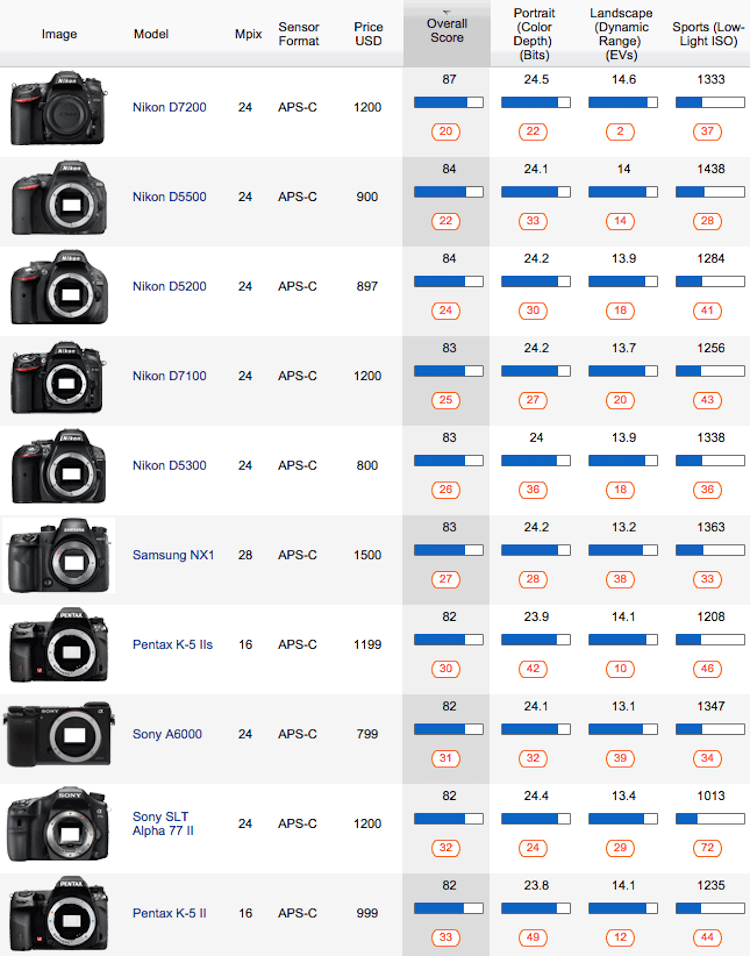


#Aps camera meaning full
The meaning of this is that a full frame camera sensor is 1.5x larger, and if standing in the same place, and both used the same lens focal length, then the larger sensor would see field of view 1.5x larger (because the smaller sensor "crops" the view). The equivalent focal length in this case is 50 × 1.5, or 75 mm. A smaller sensor is simply smaller, so it can only capture a smaller Field of View.Įxample: You use a 50 mm lens on a Crop Factor 1.5x camera. The smaller sensor does capture a smaller cropped Field of View, but the lens does Not change in any way. A lens cannot change by simply mounting it on a different sensor.

But since many people do, the 35 mm full frame became the standard of comparison for Field of View.Īny lens can only do whatever its focal length does do. Chances are, you might not care what the full frame format may show, unless you had significant 35 mm film experience to be familiar with it. But just enlarging an existing small image later does Not increase its detail.Įquivalent focal length only applies to the field of view that a 35 mm film frame would see. In contrast, if we had actually increased lens focal length to zoom in the camera, the subject is enlarged in the frame, with corresponding increased image detail. It is just a smaller image enlarged then. However, then when we later necessarily must enlarge the smaller image more in order to see the same viewing size, the enlargement does appear larger and magnified (as if zoomed), but the contained detail is no greater. Then we normally must use a shorter lens to provide the wider view again, which is less magnification to fit the wider view onto the smaller sensor. This does NOT magnify the subject image, it instead merely crops its frame smaller. A smaller sensor simply "crops" the lens view frame smaller than a larger sensor would have seen. Larger Crop Factor simply Reduces your Field of View. The so-called Equivalent Focal Length is mounted on the other referenced full frame sensor (like 35 mm film) so it would then have an equivalent Field of View, same as your cropped sensor sees using its own lens. If the focal length numbers are "equivalent" (meaning, if your camera uses your focal length N, and the 35 mm film camera uses focal length of N × your crop factor), then the thing that is Equivalent is the Field of View seen by both cameras. If it is a 50 mm lens, then it is a 50 mm lens. Your lens always remains what it actually is. Equivalent focal length is NOT a new focal length of your lens. You will already know if it has meaning for you or not, and don’t otherwise worry about it.Ĭrop Factor CANNOT change your focal length. Understanding a reason to care probably is helped by some 35 mm experience.

However new users who have never used a 35 mm film or Full Frame camera won’t have use for Equivalent Focal Length, which describes the lens needed for a full frame sensor to see the same Field of View that your camera sees. Or you know that a 1.6x crop DSLR needs 24/1.6 = 15 mm lens to match that same 24 mm field of view on Full Frame. For example, if you are familiar with what a 24 mm lens does on 35 mm film (and many people certainly are), and if told a new compact camera’s tiny sensor and unimaginably short lens (maybe 4+ mm) has an Equivalent Focal Length of 24 mm on 35 mm film, then that tells you exactly what it will do, in your own terms. This is very good information in certain situations. This comparison then tells us what this smaller new sensor would see. Why would we want to know Crop Factor and Equivalent Focal Length? 35 mm film was the most popular film used, and its "full frame" size is the comparison standard, because the many of us with years of 35 mm film experience well know what result to expect from various focal lengths on 35 mm film. Specifically, the Equivalent Focal Length is the Equivalent lens used on the 35 mm film camera to see an equivalent Field of View as your camera and your lens sees. Equivalent Focal Length is a comparison with the Field of View seen by another camera, which conventionally is a full frame or a 35 mm film camera. Equivalent Focal Length is NOT about your camera, and does NOT affect your use of your camera.


 0 kommentar(er)
0 kommentar(er)
